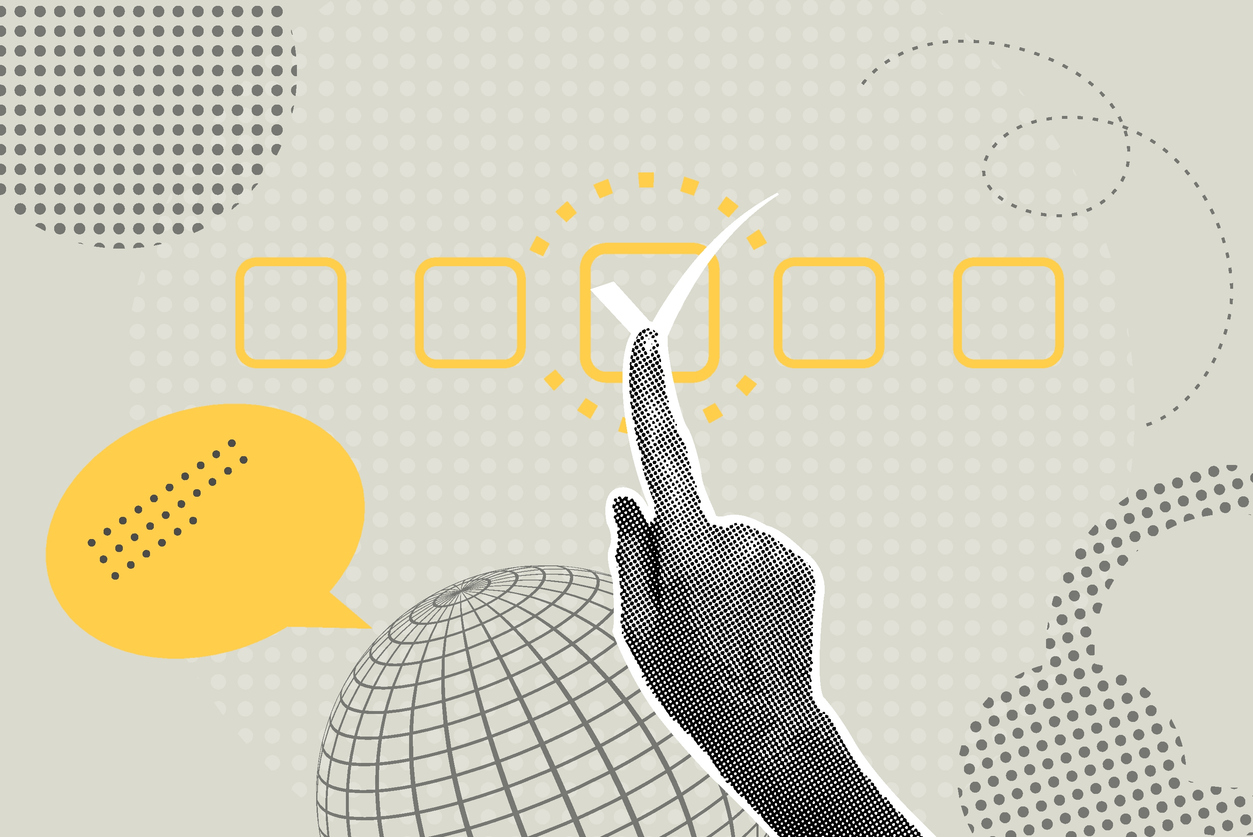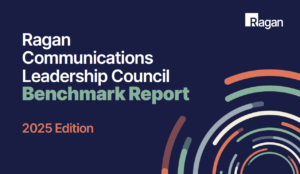We need your input on how you’re handling crisis comms
Share your view of crisis comms — and enjoy a discount.

Even this early, 2025 is already proving to be a year of challenges for communicators. We want to hear from you on which issues at your organization are weighing on you most heavily – and how you’re addressing them. Your responses will be anonymized and results reported in the aggregate. Please help us take the pulse!
The findings from this 3-question survey will be unveiled at the PR Daily Conference on May 21-23 in Washington, D.C., where we’ll delve into practical solutions to these challenges.
After finishing this survey, you’ll receive a discount code for $150 off to the conference. Plus, as a respondent, you’ll receive the full findings from the survey.
Thank you in advance for participating by April 25.






